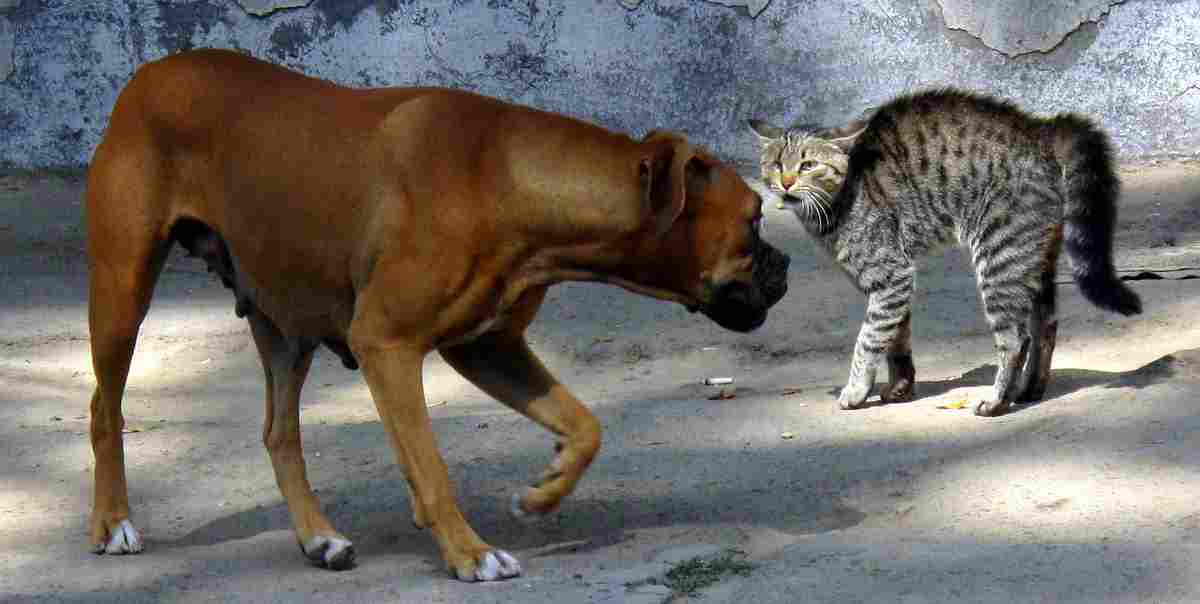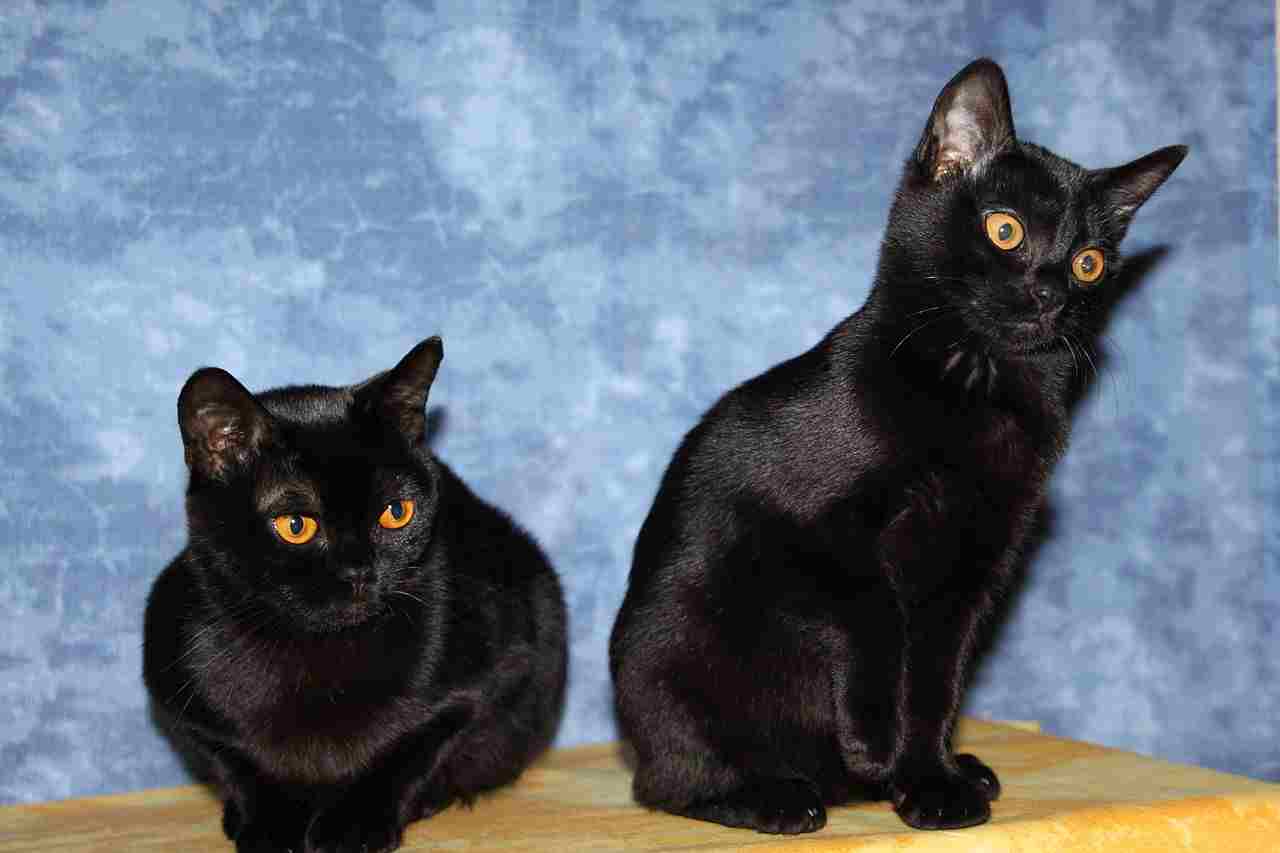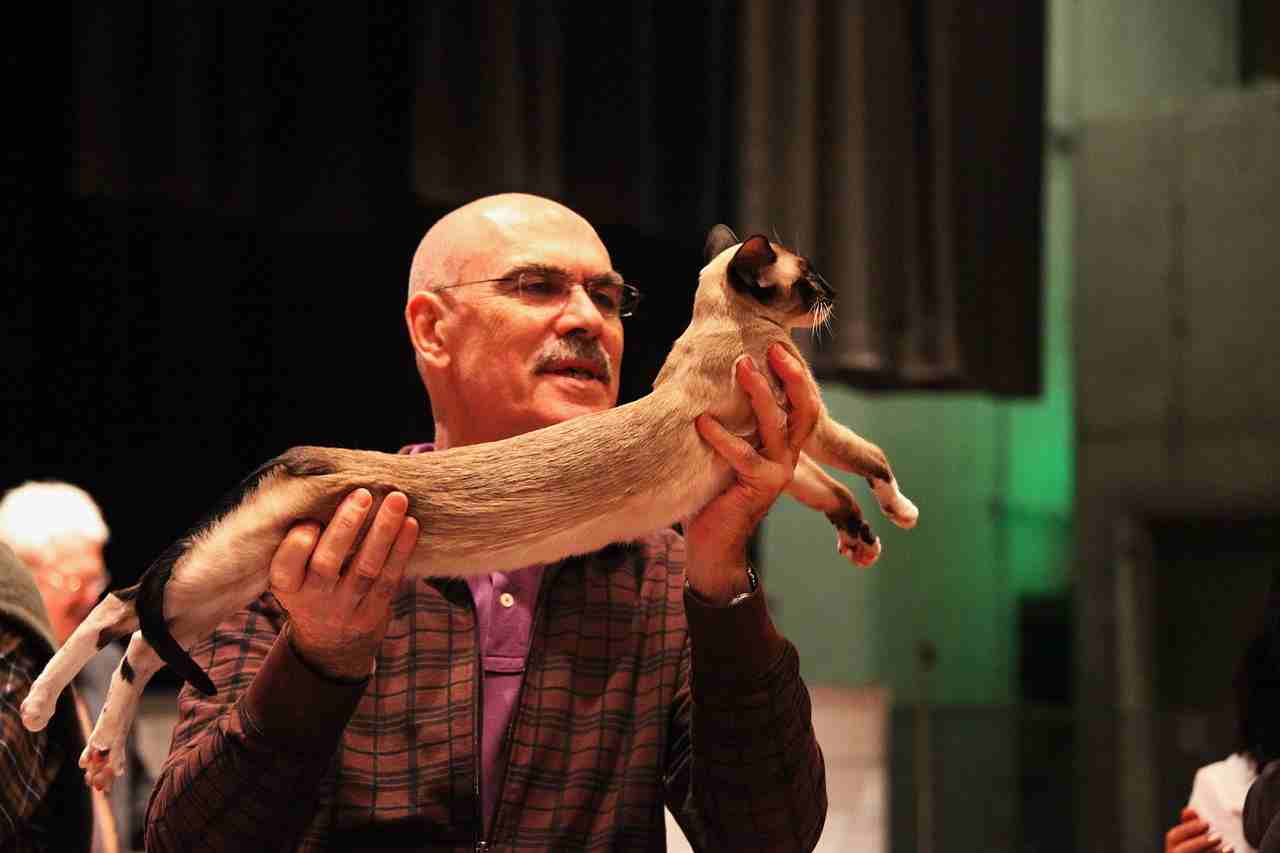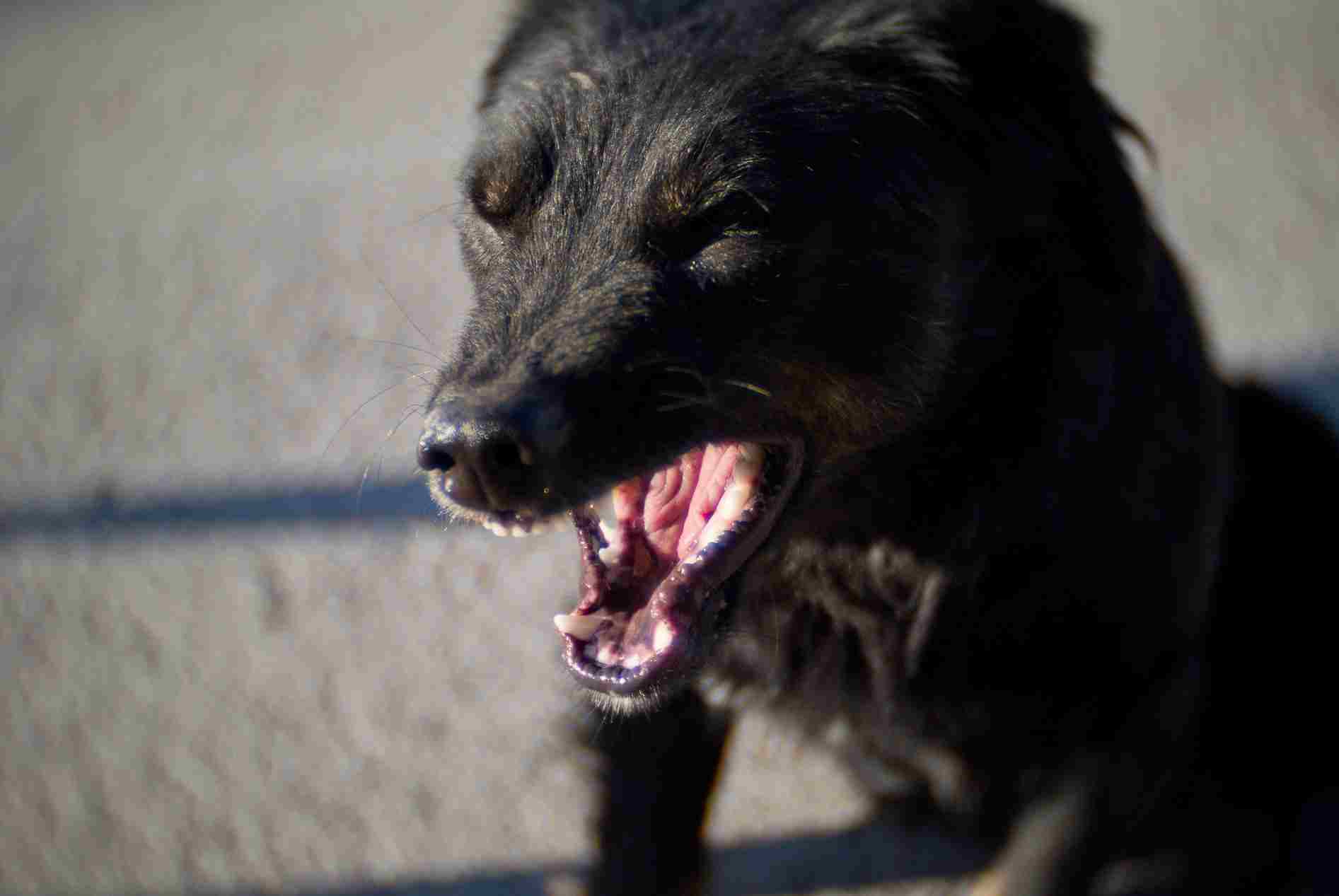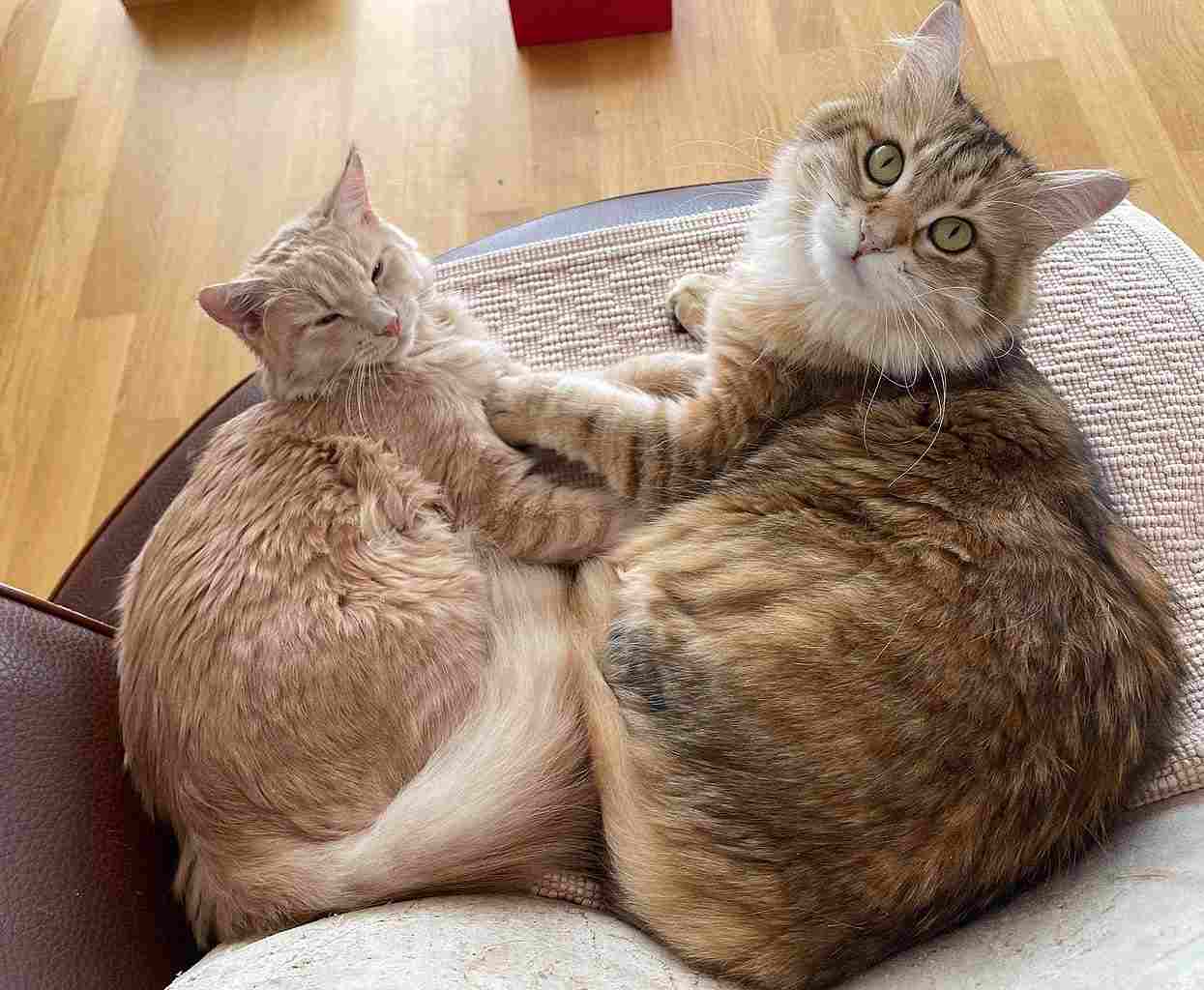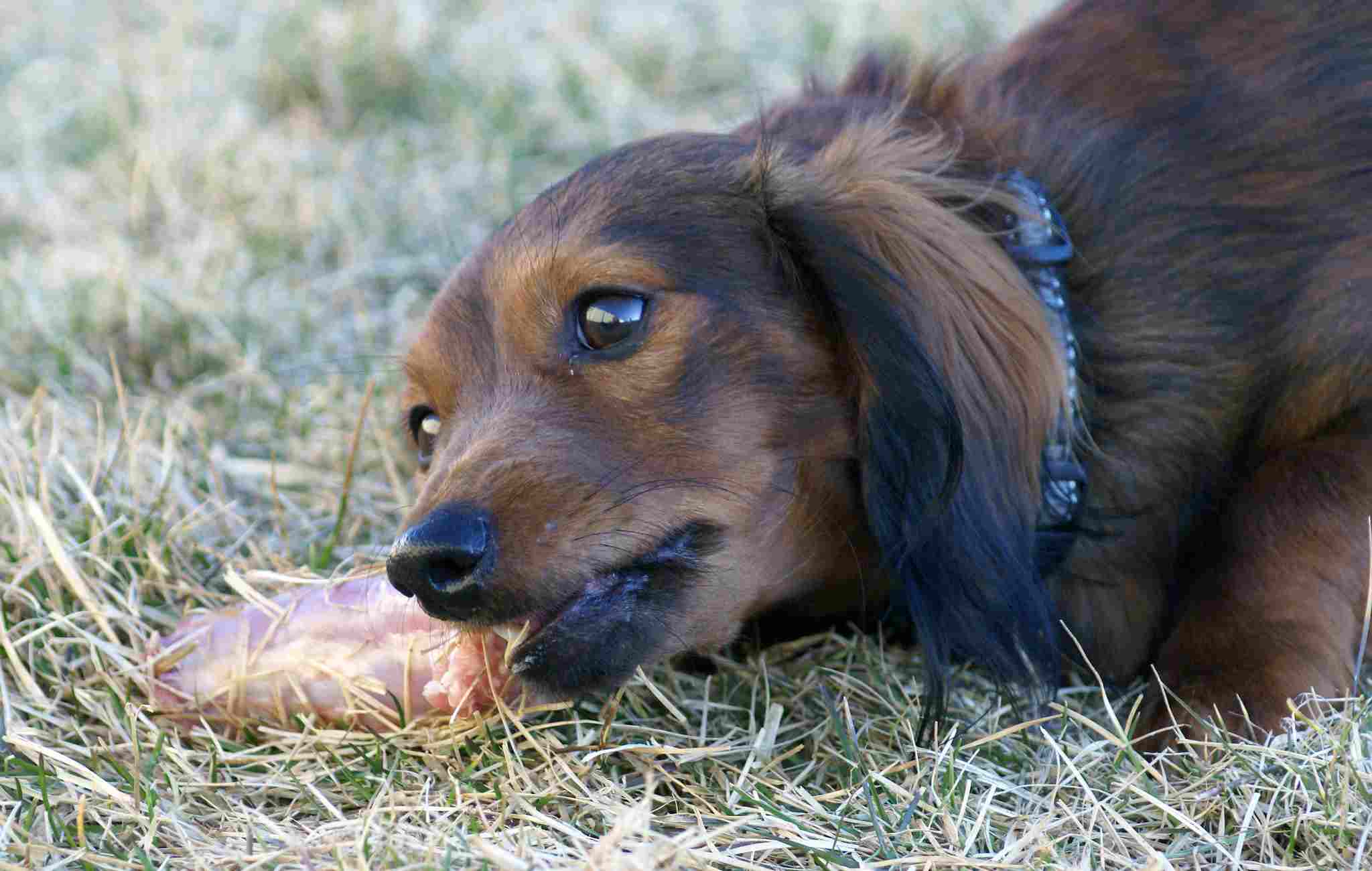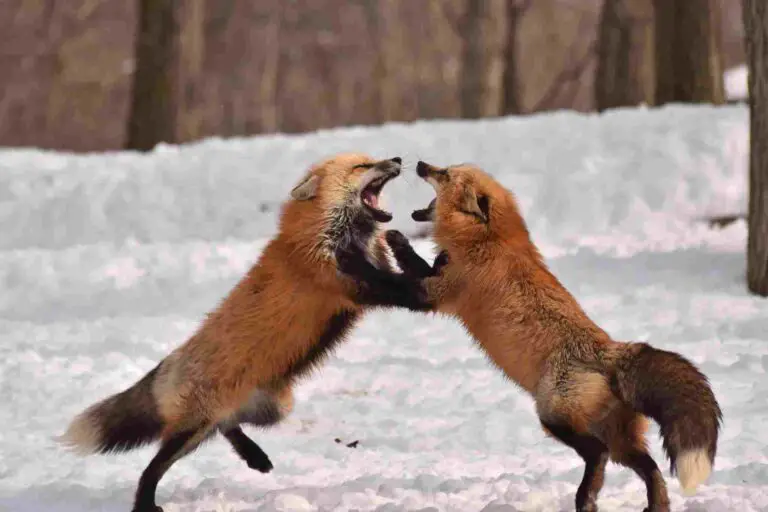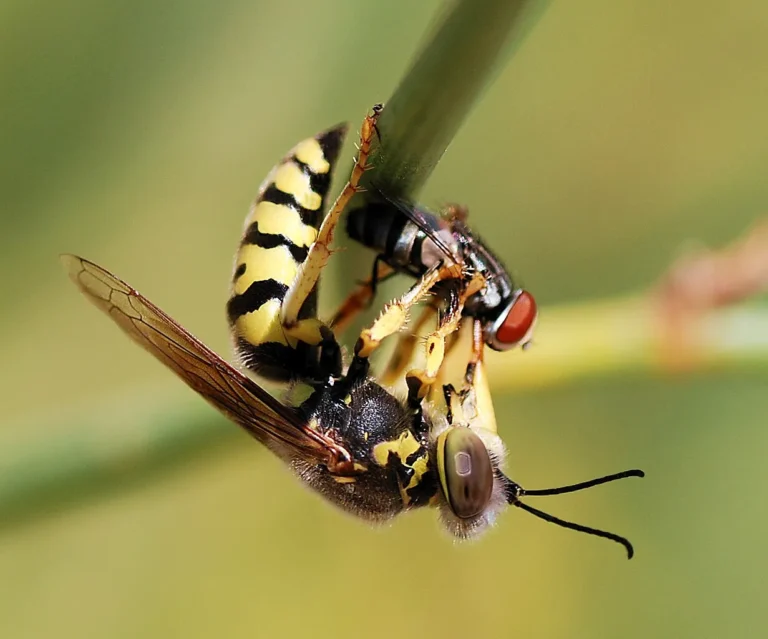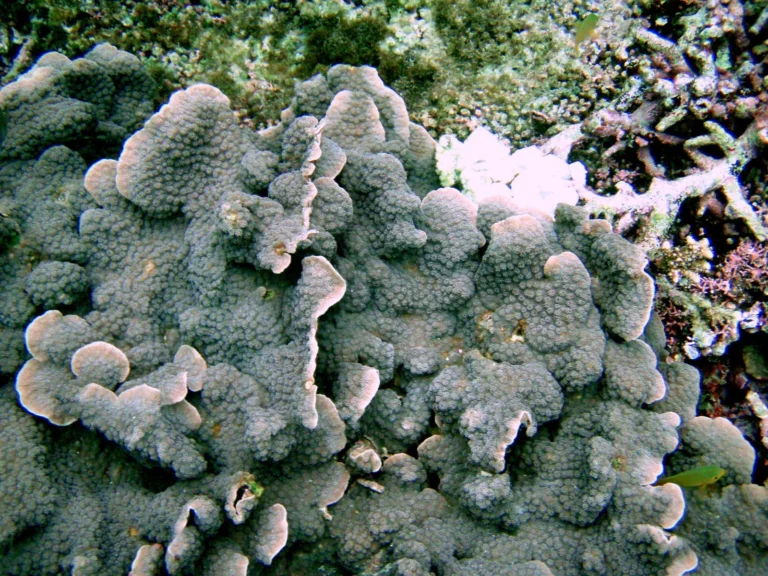Cat Vs Coyote Tracks, Size, Weight, Overall Comparison
Comparing the dynamics between a domestic cat and a coyote unveils the potential outcomes in confrontations between these two species. While a single cat, especially of a larger breed, can deter a single coyote in a fight, the situation changes when considering the coyote’s predatory tactics. A coyote can successfully ambush a cat, and if in a pack, leverage their numerical advantage to prey on the feline.
Cat vs Coyote: Navigating Canine-Feline Dynamics
I. Individual Confrontation:
– In an individual confrontation, a single cat, particularly of one of the larger breeds, may deter a single coyote in a fight. The cat’s size, agility, and defensive capabilities can serve as effective deterrents.
II. Ambush Tactics:
– Despite the cat’s potential to deter a coyote in a direct confrontation, coyotes are skilled predators that can successfully ambush a cat. Their hunting instincts, combined with stealth and agility, contribute to their effectiveness in surprise attacks.
III. Numerical Advantage:
– In situations where coyotes operate in packs, they can leverage their numerical advantage to prey on a cat. The coordinated efforts of a coyote pack may overwhelm a single cat, especially in an environment where the pack can work together effectively.
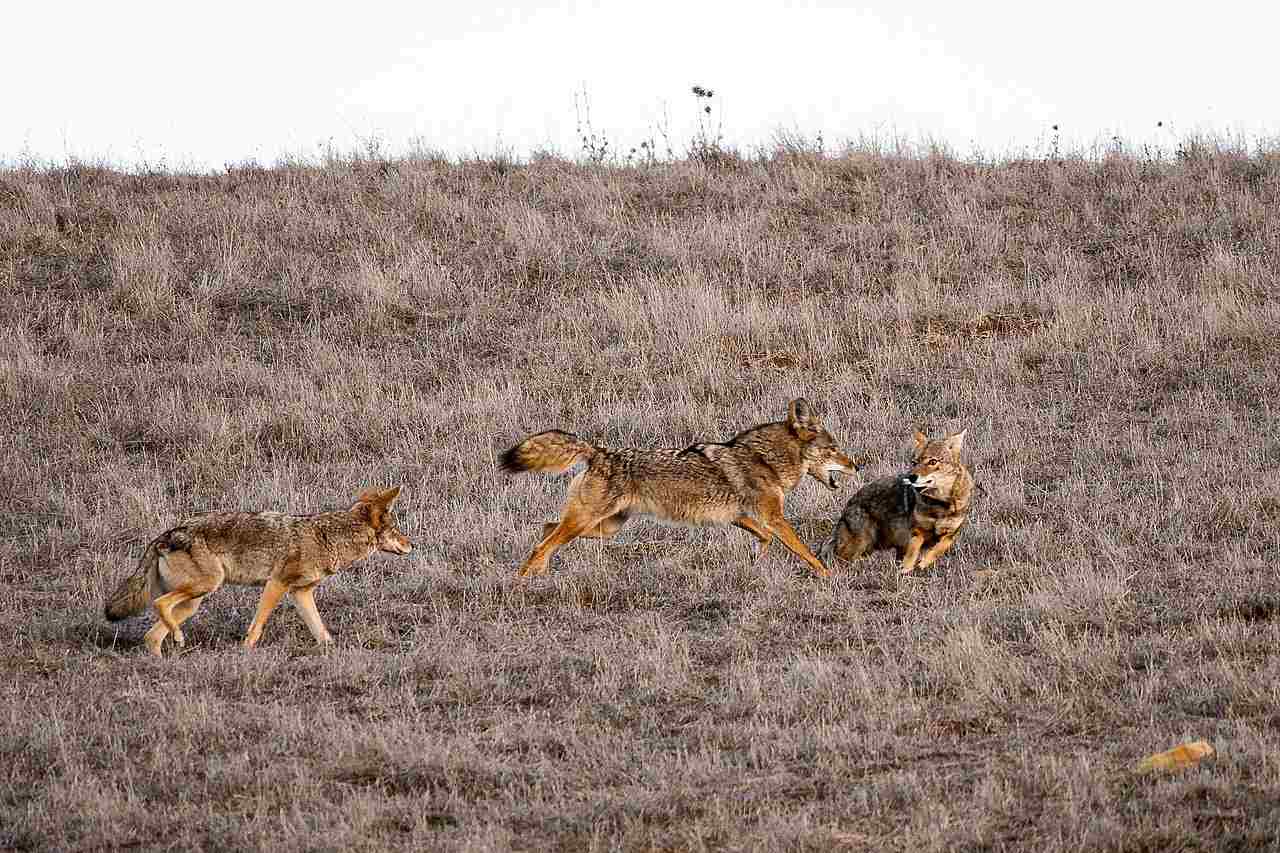
IV. Real-Life Considerations:
– Real-life interactions between domestic cats and coyotes underscore the importance of responsible pet ownership. Minimizing the potential for confrontations involves creating secure outdoor environments for cats and avoiding situations where coyotes pose a threat.
V. Defensive Measures:
– Cats, despite their individual defensive capabilities, may face challenges when dealing with coyotes. Implementing defensive measures such as supervised outdoor activities, secure enclosures, and avoidance of areas frequented by coyotes can contribute to the safety of domestic cats.
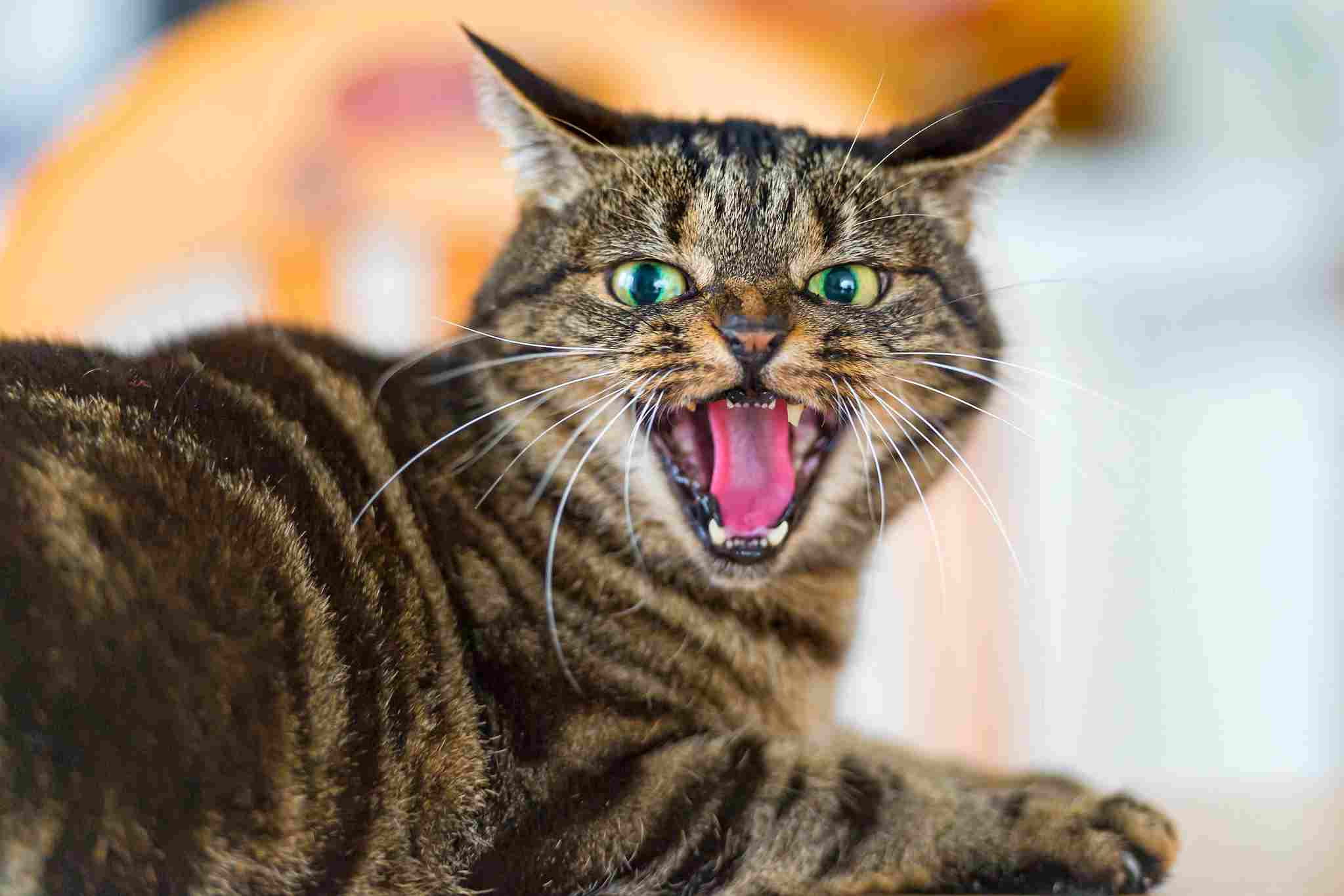
VI. Fostering Coexistence:
– Recognizing the potential risks and behaviors of both cats and coyotes is crucial for fostering coexistence in shared habitats. Community awareness, responsible pet ownership, and environmental management play vital roles in creating harmonious living conditions for both species.
*Details of Comparison
| Criteria | Domestic Cat (Felis catus) |
Coyote (Canis latrans)
|
| Taxonomy | Felidae family, Felis genus, F. catus species. |
Canidae family, Canis genus, C. latrans species.
|
| Appearance | Compact body, varied fur patterns, diverse sizes. |
Slender canids, grayish-brown fur, adapted for stealth.
|
| Size | 5-20 pounds, variable lengths. |
32-37 inches tall, 3.3-4.6 feet long.
|
| Weight | Generally lighter, 5-20 pounds. |
15-46 pounds, with variations.
|
| Bite Force (PSI) | 105-185 PSI. | 150-200 PSI. |
| Physical Offensive Advantages | Sharp claws, agility. |
Strong jaws, endurance.
|
| Physical Defensive Advantages | Evasion, climbing. |
Sharp claws, agility.
|
| Speed | Up to 30 mph. | Up to 40 mph. |
| Agility | High agility. |
Agile movements.
|
| Senses | Night vision, acute hearing, keen smell. |
Nocturnal, enhanced night vision, olfactory senses.
|
| Overall Physical Capacity | Quick, precise movements. |
Versatile, combining endurance, speed, and agility.
|
| Habitat Preference(s) | Adaptable to urban, suburban, rural areas. |
Diverse ecosystems, urban adaptability.
|
| Tracks | Retractable claws, smaller prints. |
Non-retractable claws, larger prints.
|
| Lifespan | 12-15 years, domestic; longer with care. |
6-8 years in the wild, influenced by environment.
|
| Mode of Feeding | Carnivorous, preference for meat. |
Omnivorous, diverse diet.
|
| Intelligence | Problem-solving, adaptability. |
Highly intelligent, adaptive.
|
| Social Behavior | Solitary, with varying social behaviors. |
Complex social structures, cooperative hunting.
|
| Mode of Reproduction | Polyestrous, induced ovulation, seasonal breeding. |
Monogamous pairs, breeding season in late winter.
|
| Parental Behavior | Generally solitary parental care. |
Cooperative parenting within packs.
|
| Proximity to Human-Inhabited Areas | Found in various human settlements. |
Adaptable to urban areas.
|
| Behavior Toward Humans | Varied, from affectionate to independent. |
Generally shy, may avoid humans.
|
| Danger Posed to Humans | Minimal danger, occasional scratches or bites. |
Generally avoidant, potential risks to small pets.
|
| Associated Precautions | Vaccinations, safe environment. |
Keep pets indoors, avoid feeding wildlife.
|
| Conservation Status | Domestic, not assessed for conservation. |
“Least Concern” due to adaptability.
|
1. Taxonomy:
Cat (Domestic Cat – Felis catus):
Kingdom: Animalia
Phylum: Chordata
Class: Mammalia
Order: Carnivora
Family: Felidae
Genus: Felis
Species: F. catus
Coyote (Canis latrans):
Kingdom: Animalia
Phylum: Chordata
Class: Mammalia
Order: Carnivora
Family: Canidae
Genus: Canis
Species: C. latrans
2. Appearance:
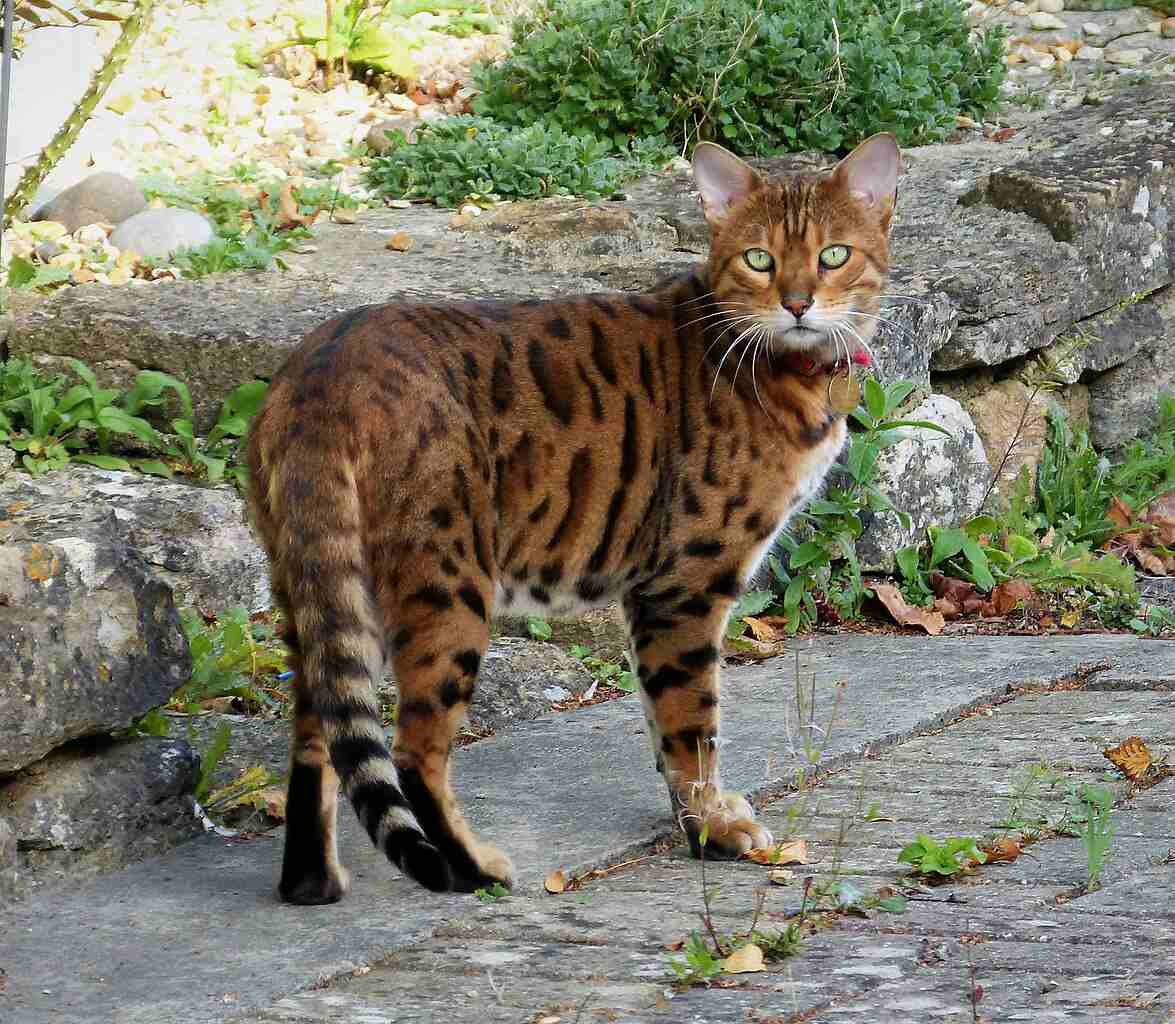
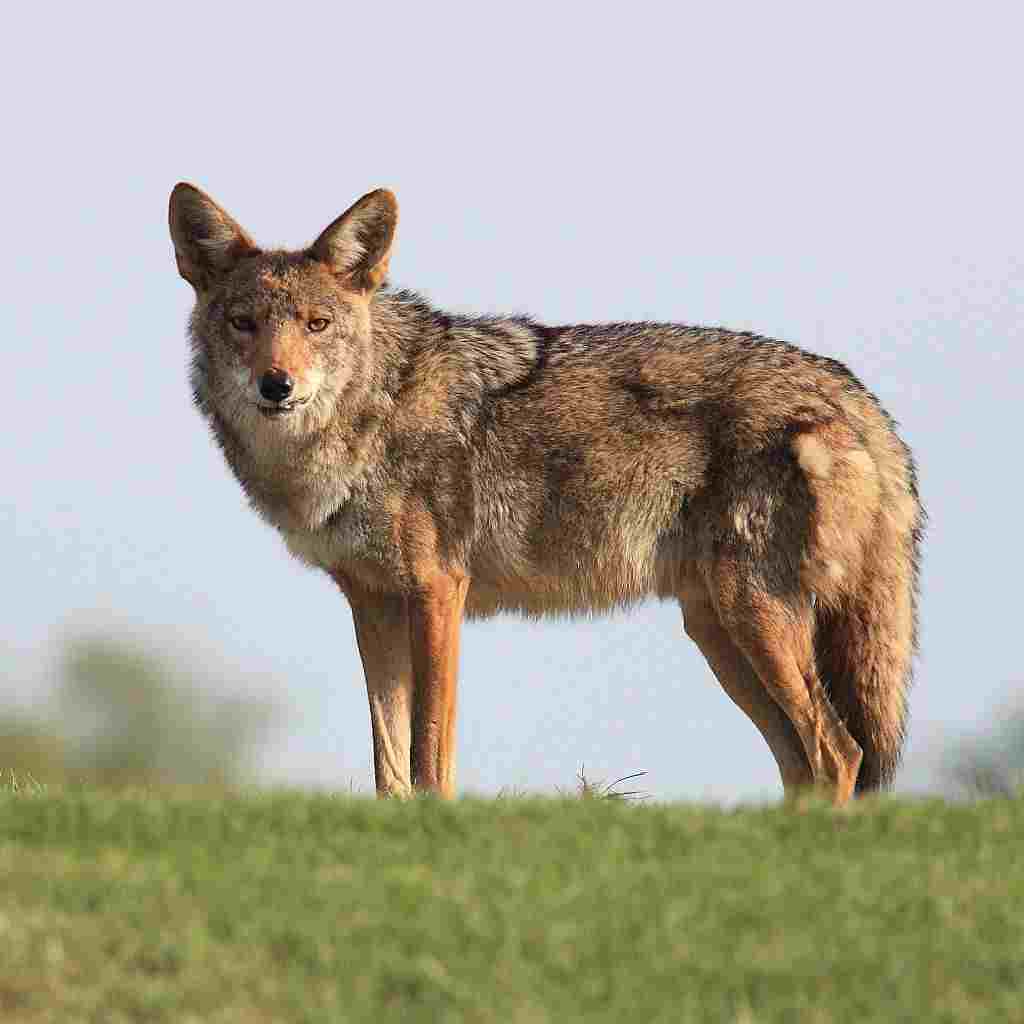
Cat:
Compact body, flexible spine, retractable claws.
Fur patterns vary widely, with different breeds showcasing diverse colors and lengths.
Domestic cats exhibit a range of sizes and coat textures.
Coyote:
Slender, bushy-tailed canid with a pointed snout.
Fur color typically grayish-brown, but can vary.
Well-adapted for stealth with a blend-in coat.
Comparison:
Cats generally have more diverse appearances due to selective breeding.
Coyotes have a more uniform appearance, optimized for their natural habitats.
Ecological Implications:
Cat appearance variations often reflect human aesthetic preferences.
Coyotes’ camouflaged appearance aids in hunting and survival in the wild.
3. Size:
Cat:
Varies greatly by breed, with domestic cats typically weighing 5-20 pounds.
Length ranges from 18 to 20 inches, excluding the tail.
Coyote:
Typically 32-37 inches tall at the shoulder.
Body length ranges from 3.3 to 4.6 feet, with an additional 16-inch tail.
Comparison:
Domestic cats are significantly smaller than coyotes.
Coyotes have a more standardized size across their species.
Ecological Implications:
Cat size influenced by human breeding preferences.
Coyote size adapts to their predatory and ecological roles.
4. Weight:
Cat:
Domestic cats: 5-20 pounds.
Larger cat breeds can exceed 20 pounds.
Coyote:
Typically 15-46 pounds, with males generally larger than females.
Comparison:
Domestic cats are generally lighter than coyotes.
Coyotes exhibit more weight variation within their species.
Ecological Implications:
Cat weight influenced by selective breeding.
Coyote weight adapts to their omnivorous diet and ecological niche.
5. Bite Force (PSI – Pounds per Square Inch):
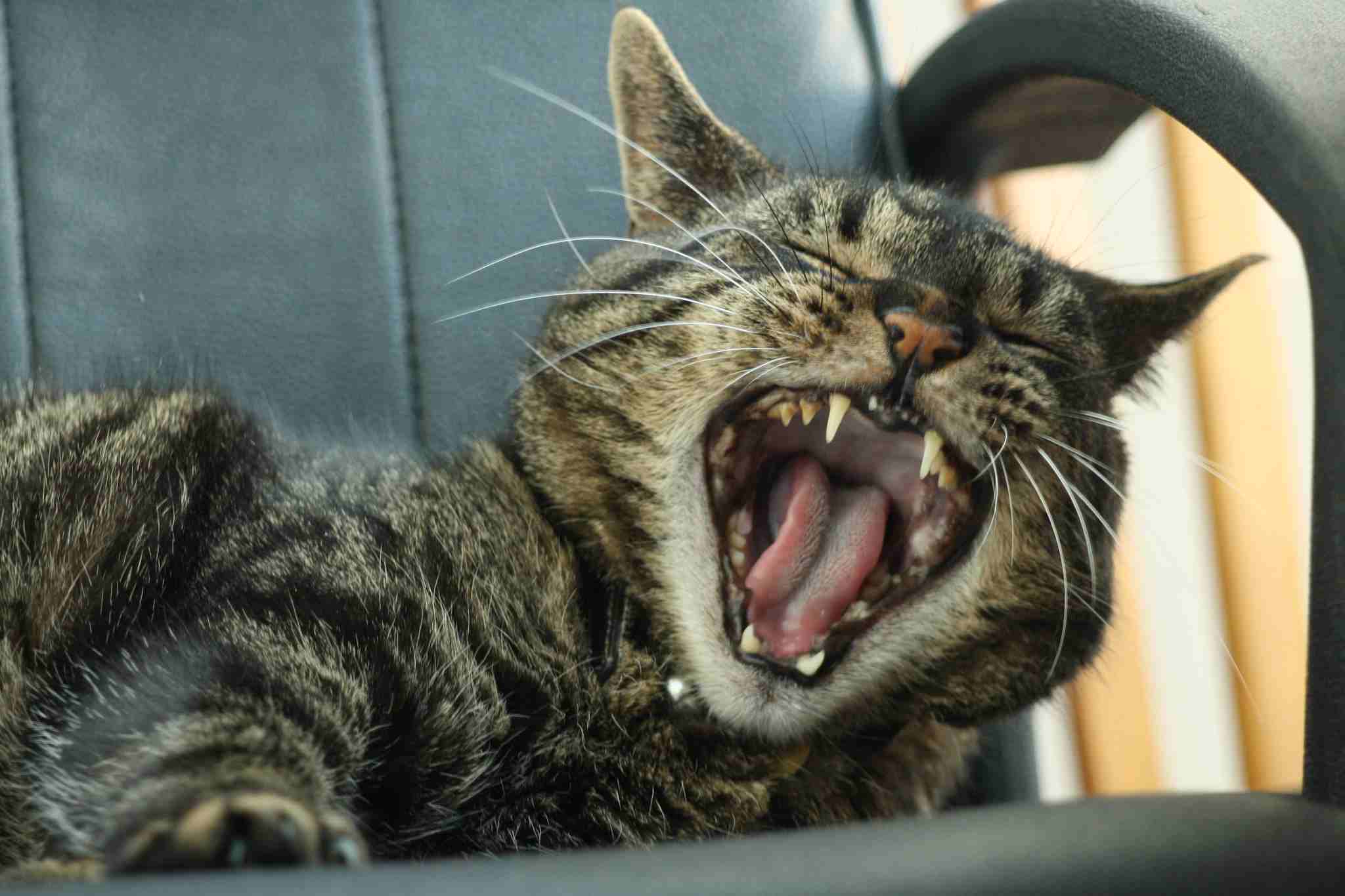
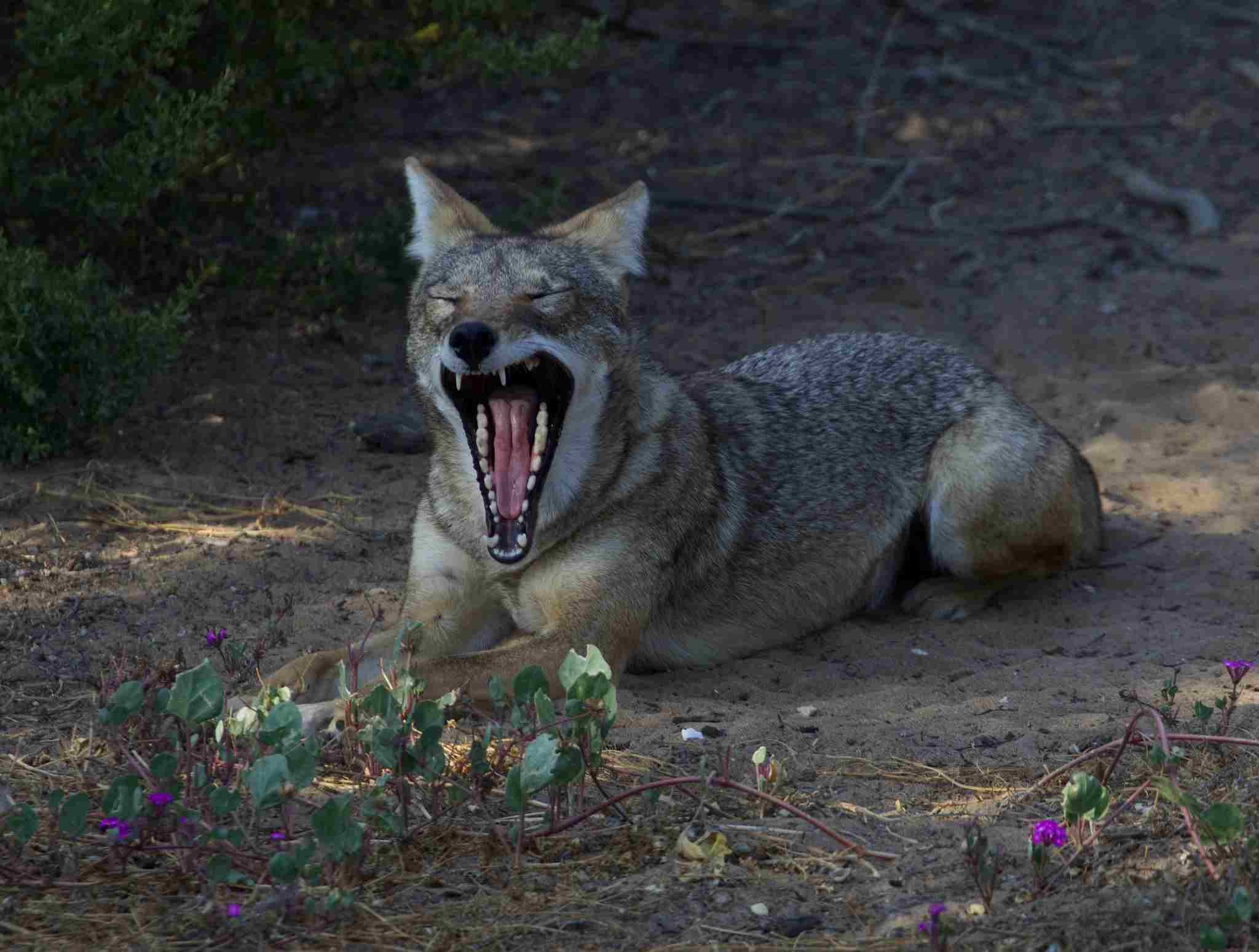
Cat:
Estimated bite force ranges from 105 to 185 PSI.
Coyote:
Estimated bite force around 150-200 PSI.
Comparison:
Coyotes generally have a stronger bite force than domestic cats.
Both species have adapted bite forces for their respective hunting and feeding habits.
Ecological Implications:
Bite force relates to hunting strategies and prey selection.
Coyotes’ stronger bite aids in capturing a variety of prey in the wild.
6. Physical Offensive Advantages:
Cat:
Sharp retractable claws for climbing and catching prey.
Agile and quick movements for effective hunting.
Coyote:
Strong jaws and teeth for capturing and consuming a diverse range of prey.
Excellent endurance for pursuing prey over long distances.
Comparison:
Cats rely more on agility and sharp claws for offense.
Coyotes use a combination of jaw strength and endurance for offensive tactics.
Ecological Implications:
Cat offensive traits suited for ambushing and hunting small prey.
Coyotes’ physical advantages adapt to a broader range of prey and varied hunting scenarios.
7. Physical Defensive Advantages:
Cat:
Flexible spine and reflexes for evading predators.
Ability to climb trees or seek refuge in high places.
Coyote:
Sharp claws and teeth for self-defense.
Agile movements to escape or confront threats.
Comparison:
Cats often rely on evasion and climbing for defense.
Coyotes use a combination of physical prowess and defensive tactics.
Ecological Implications:
Cat defensive strategies reflect their role as both predators and prey.
Coyotes’ defenses are adapted to their position as predators in the ecosystem.
8. Speed (Km/hour or Mile/hour):
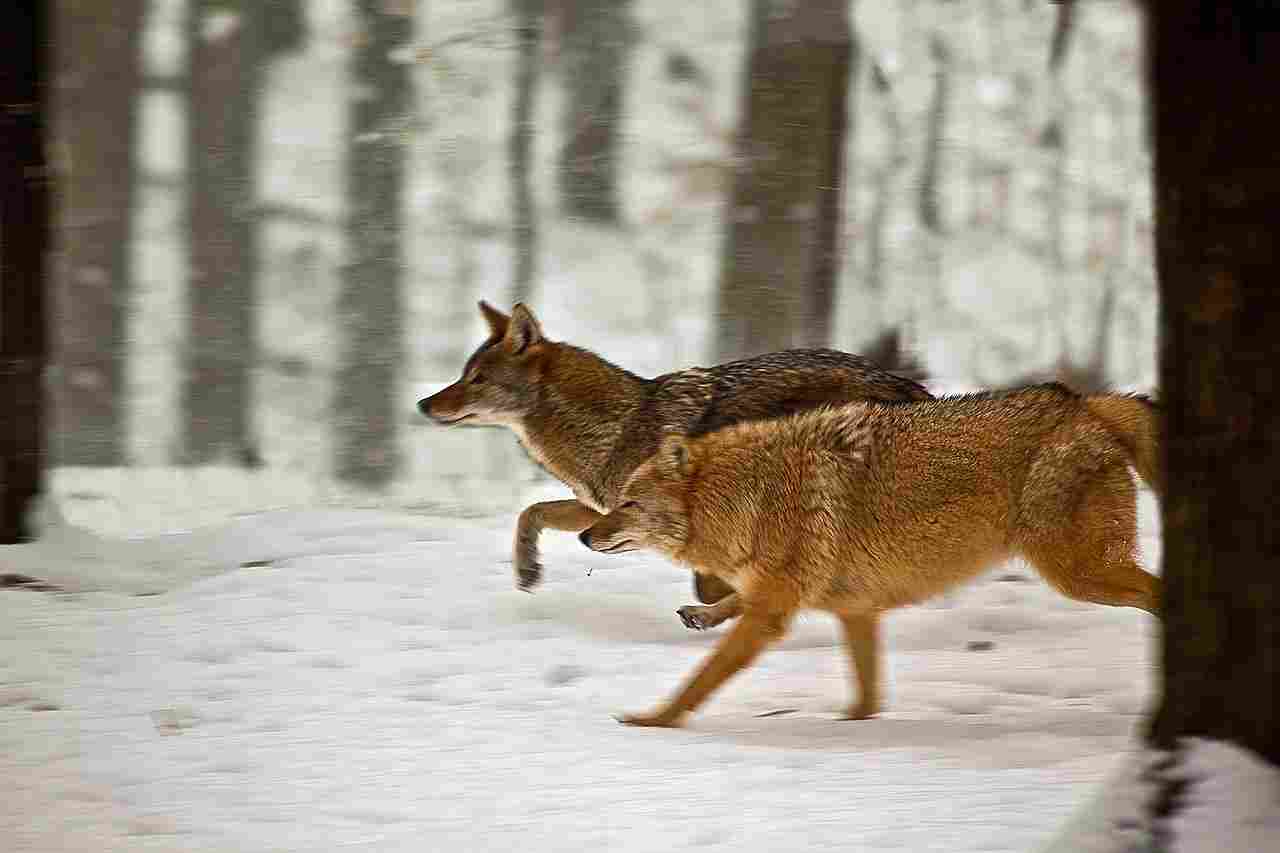
Cat:
Domestic cats can reach speeds up to 30 mph in short bursts.
Coyote:
Capable of running at speeds up to 40 mph.
Comparison:
Coyotes generally have a higher top speed than domestic cats.
Domestic cats excel in short bursts of speed.
Ecological Implications:
Cat speed aids in ambushing prey or escaping predators.
Coyotes’ higher speed supports their pursuit and capture of various prey in the wild.
9. Agility:
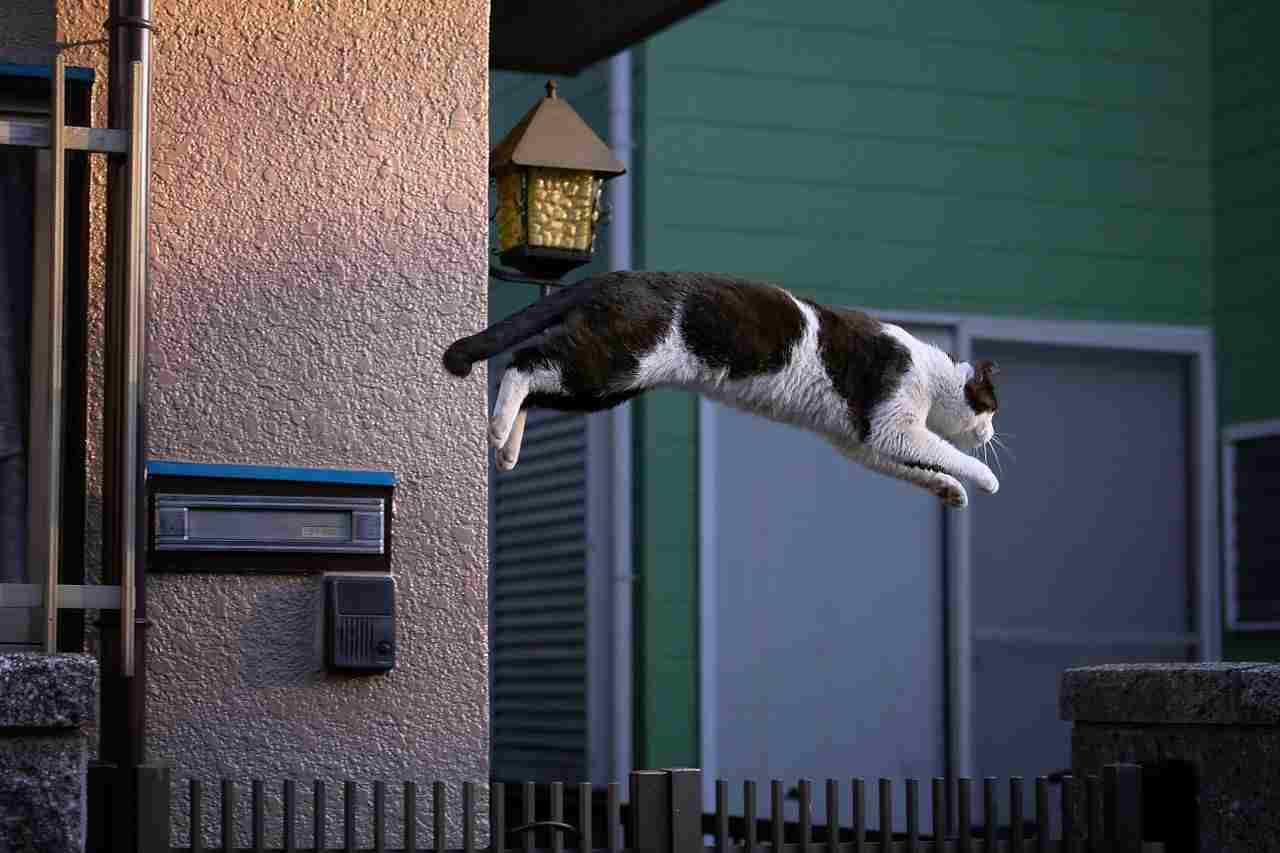
Cat:
Exceptional agility for precise movements, climbing, and balance.
Coyote:
Agile movements for navigating diverse terrains and pursuing prey.
Comparison:
Cats often display a higher degree of agility, especially in confined spaces.
Coyotes showcase agility adapted to open landscapes and varied hunting scenarios.
Ecological Implications:
Cat agility serves well in urban and natural environments.
Coyotes’ agility supports their hunting strategies across different ecosystems.
10. Senses:
Cat:
Excellent night vision with a tapetum lucidum.
Keen sense of hearing and acute sense of smell.
Coyote:
Nocturnal with enhanced night vision. ‘s Comparison:
Both species have adapted for nocturnal activities.
Coyotes may have a slightly broader olfactory sense.
Ecological Implications:
Cat senses aid in hunting during low-light conditions.
Coyotes’ heightened senses support their omnivorous diet and diverse hunting methods.
11. Overall Physical Capacity:
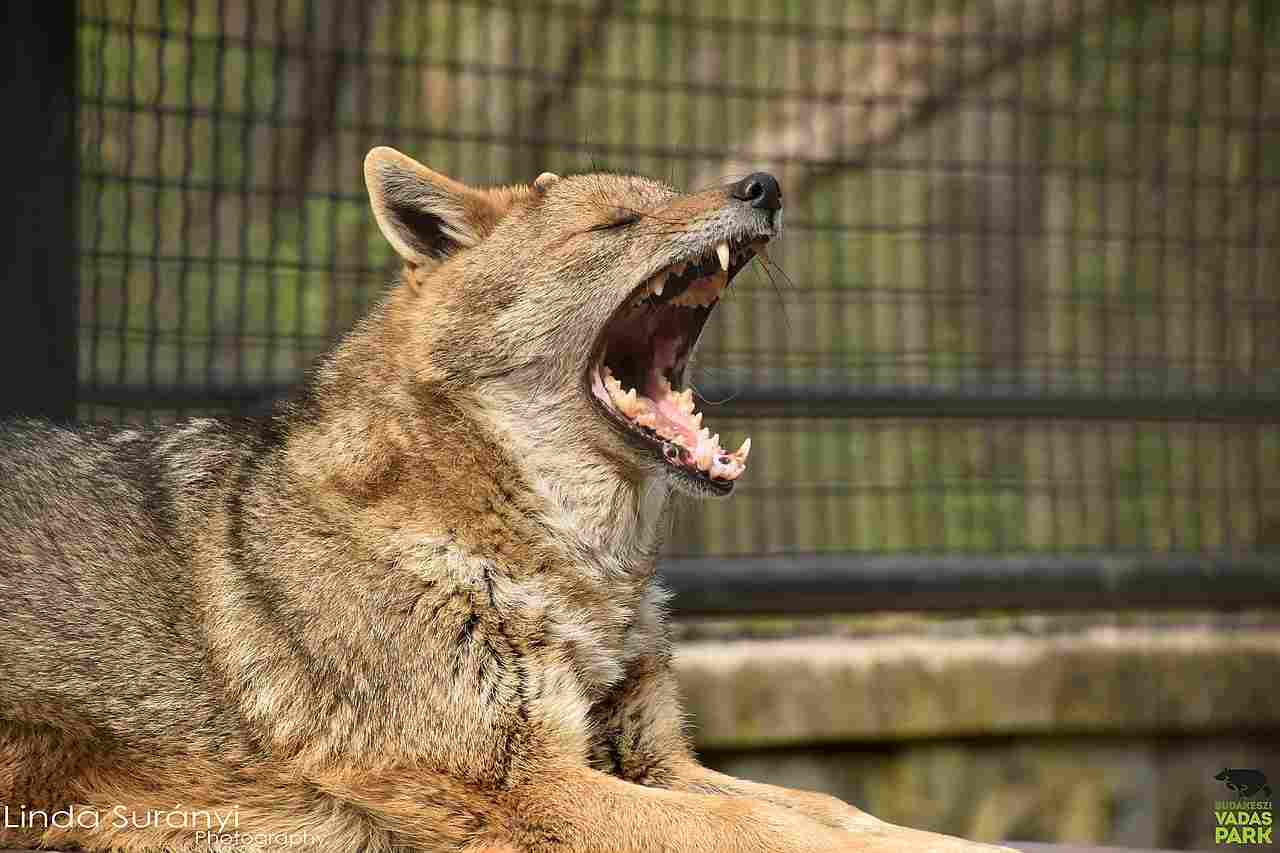
Cat:
Well-adapted for quick, precise movements.
Balanced combination of speed, agility, and sensory acuity.
Coyote:
Versatile physical capacity, combining endurance, speed, and agility.
Adapted for a broader range of ecological roles.
Comparison:
Cats excel in precision and quick movements.
Coyotes showcase a more versatile set of physical abilities.
Ecological Implications:
Cat physical capacity suits various environments, including urban settings.
Coyotes’ well-rounded abilities support their role as generalist predators.
12. Habitat Preference(s):
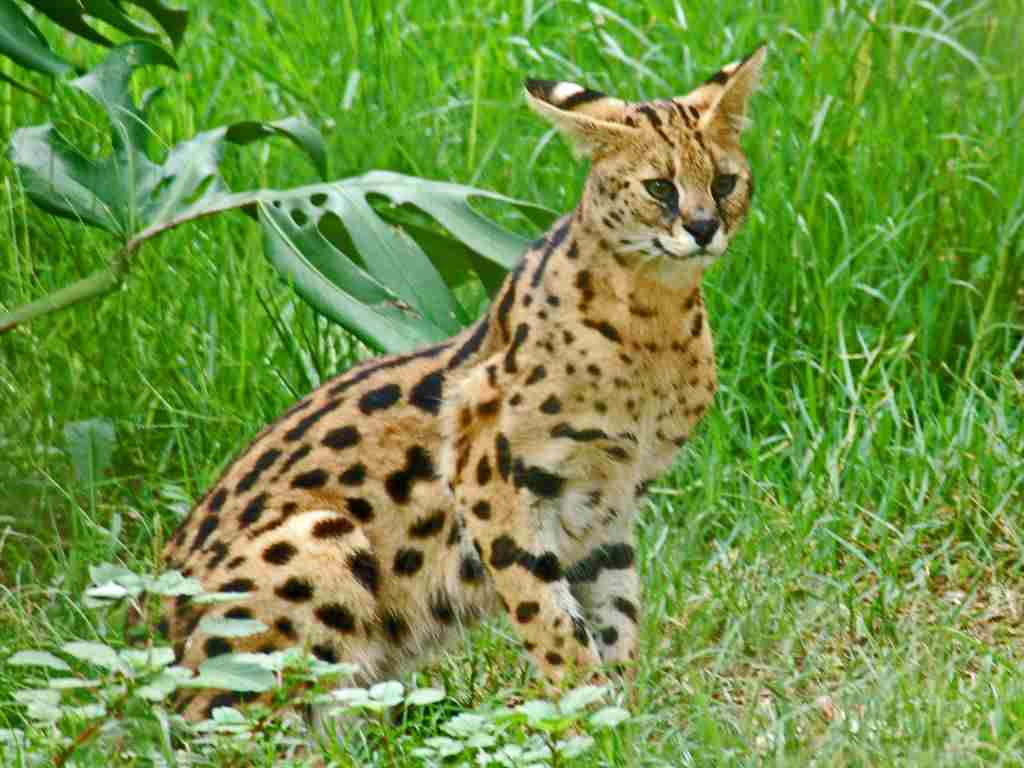
Cat:
Domestic cats adapt to various environments, including urban, suburban, and rural areas.
Often found near human settlements.
Coyote:
Highly adaptable, found in diverse ecosystems such as forests, deserts, and urban areas.
Thrives in regions with a mix of open spaces and cover.
Comparison:
Cats have a strong association with human-inhabited areas.
Coyotes show adaptability across a wider range of natural habitats.
Ecological Implications:
Cat adaptability influenced by domestication and human interactions.
Coyotes’ ability to thrive in various habitats contributes to their ecological success.
13. Tracks:
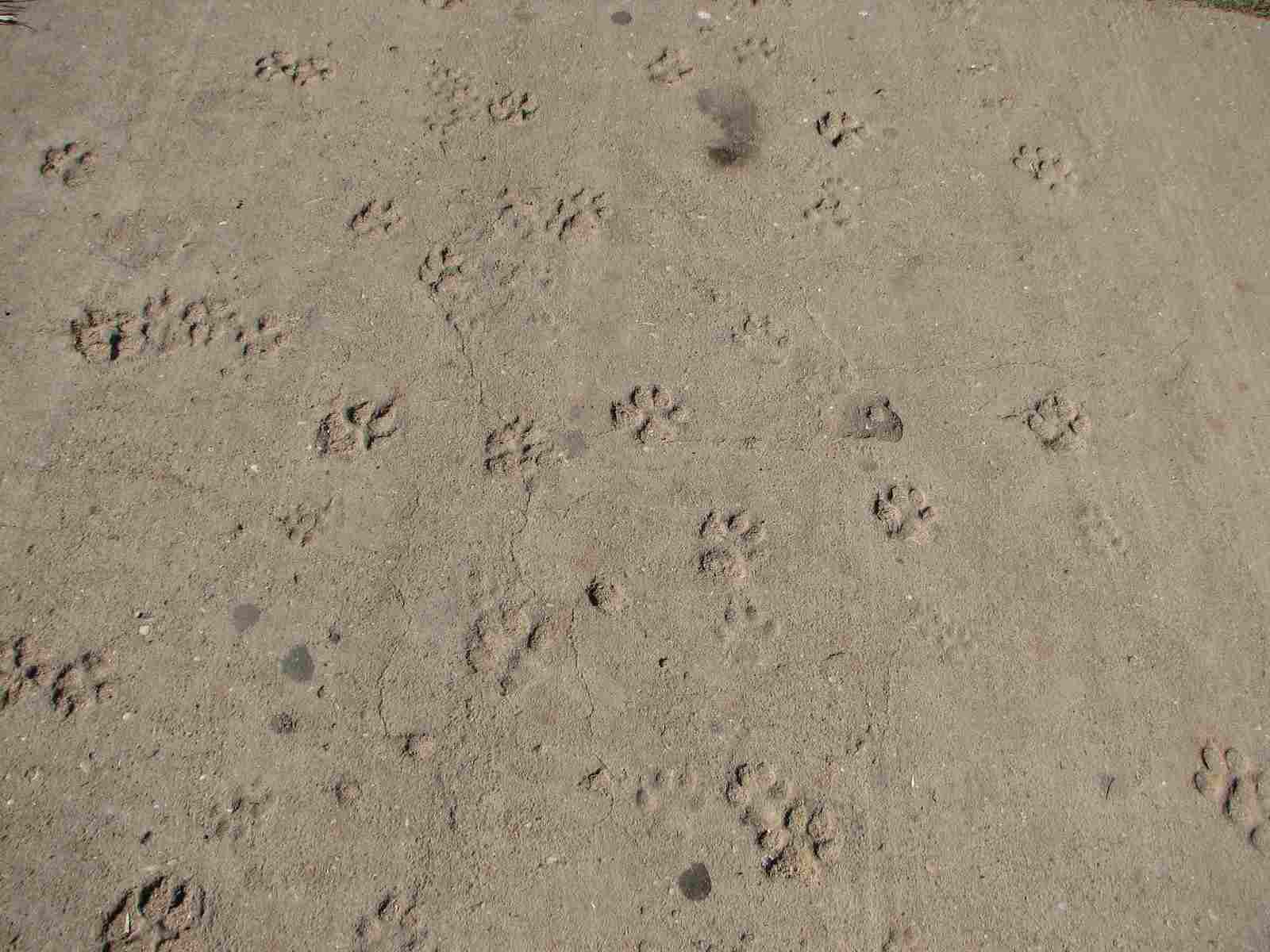
Cat:
Paw prints show retractable claws, usually smaller than those of canids.
Typically four toe pads and a distinct triangular shape.
Coyote:
Larger than cat prints, with non-retractable claws visible.
Paw prints typically show four toes with a more elongated oval shape.
Comparison:
Cat tracks reflect retractable claws and a more compact shape.
Coyote tracks are larger, showing non-retractable claws and a more elongated shape.
Ecological Implications:
Cat tracks indicate a more stalking and pouncing hunting strategy.
Coyote tracks demonstrate a combination of endurance and pursuit.
14. Lifespan:
Cat:
Domestic cats typically live around 12-15 years, but many can exceed 20 years with proper care.
Coyote:
Wild coyotes generally have a lifespan of 6-8 years in the wild, with variations based on environmental factors.
Comparison:
Cats, especially in domestic settings, often have longer lifespans than wild coyotes.
Coyotes face greater challenges in the wild, impacting their average lifespan.
Ecological Implications:
Cat lifespans influenced by domestication and veterinary care.
Coyote lifespans reflect the harsh realities of survival in the wild.
15. Mode of Feeding:
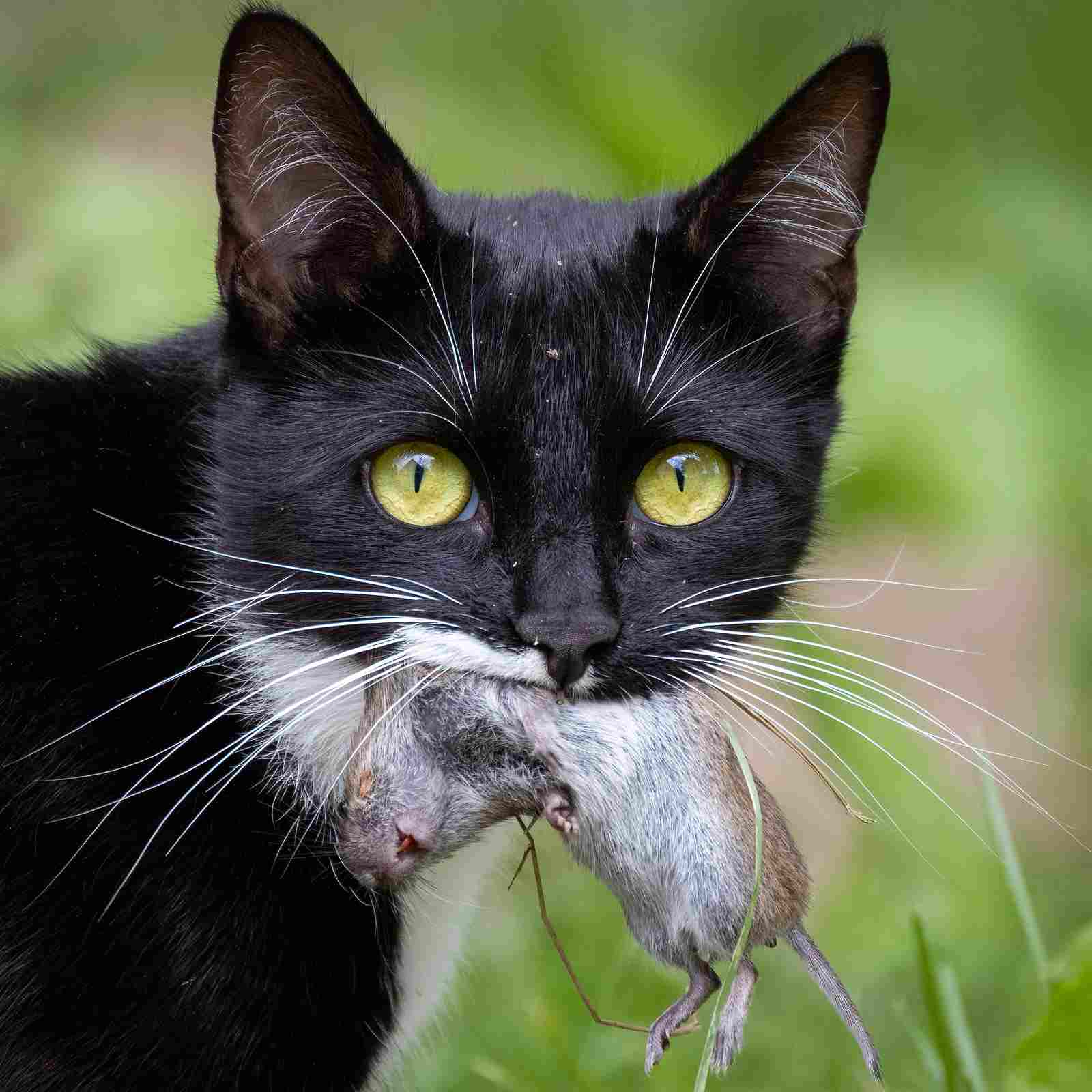
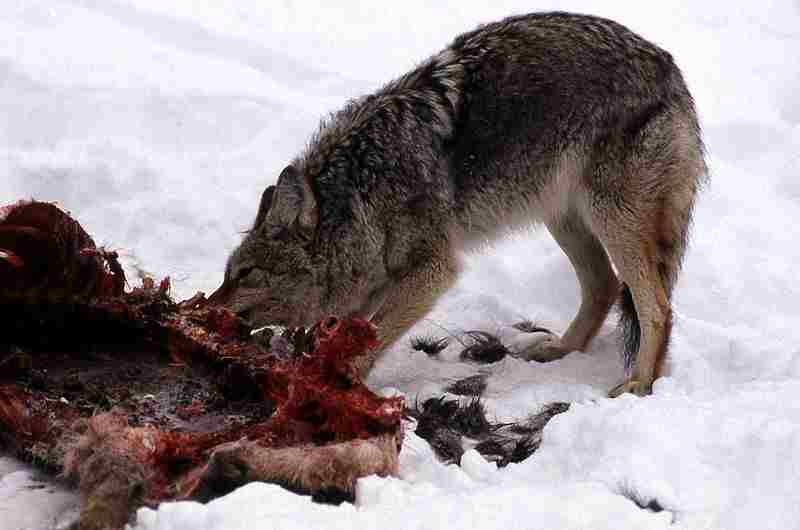
Cat:
Carnivorous diet with a preference for meat.
Domestic cats may consume commercial cat food.
Coyote:
Omnivorous diet, including small mammals, birds, insects, fruits, and carrion.
Adaptable feeding habits based on seasonal availability.
Comparison:
Cats are obligate carnivores, relying primarily on meat.
Coyotes are opportunistic feeders with a broader diet.
Ecological Implications:
Cat feeding habits reflect their evolutionary adaptation to hunting small prey.
Coyotes’ omnivorous diet contributes to their ecological role as generalist predators.
16. Intelligence:
Cat:
Display problem-solving skills and adaptability.
Capable of learning through observation and experience.
Coyote:
Considered highly intelligent, displaying complex hunting strategies and problem-solving.
Adaptability in urban environments demonstrates cognitive flexibility.
Comparison:
Both cats and coyotes exhibit notable intelligence.
Coyotes’ ecological versatility highlights their adaptive cognitive abilities.
Ecological Implications:
Cat intelligence contributes to their success as companion animals.
Coyotes’ intelligence aids in adapting to diverse environments and hunting scenarios.
17. Social Behavior:
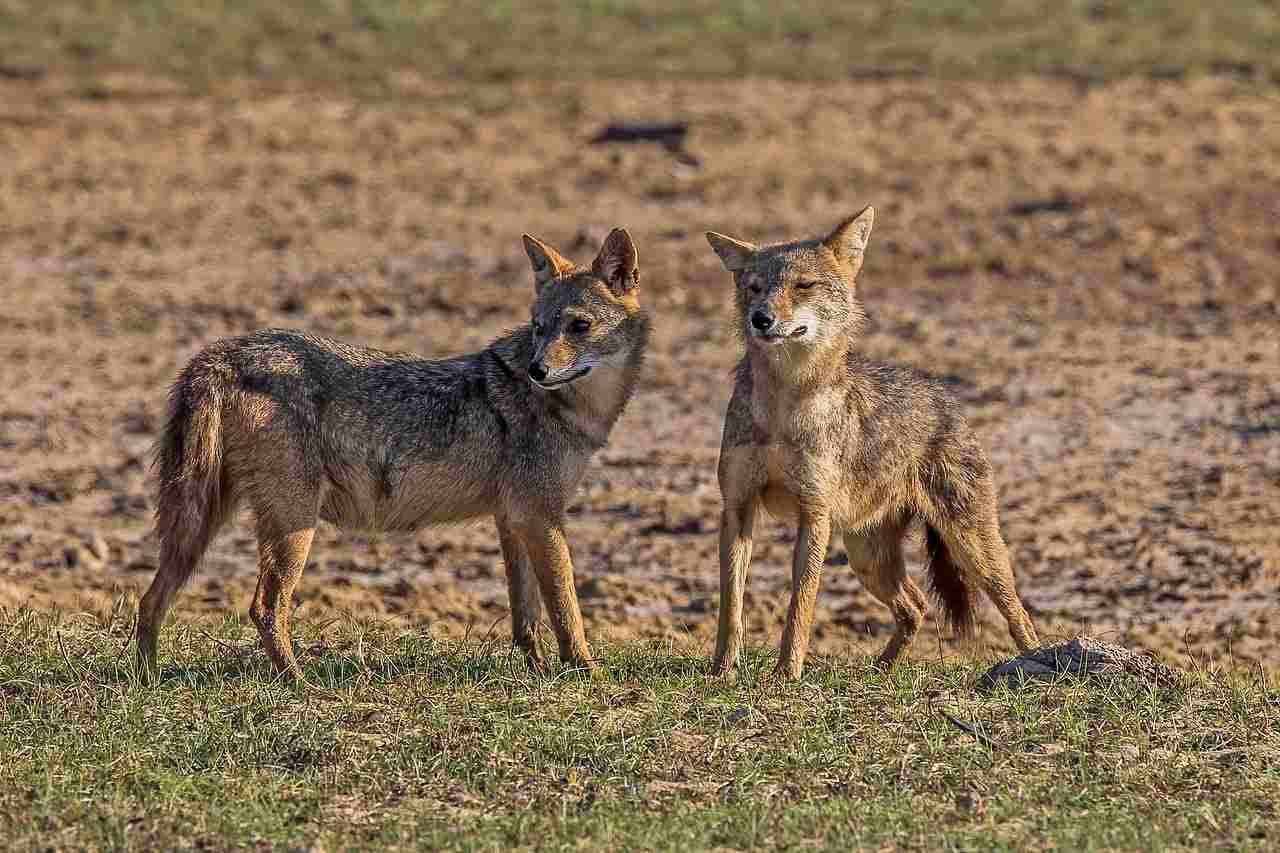
Cat:
Generally solitary, but some domestic cats tolerate social groups.
Feral cats may form loose colonies.
Coyote:
Exhibits complex social structures with family units (packs).
Cooperative hunting and communication within packs.
Comparison:
Cats are more independent, with social behavior varying among individuals.
Coyotes demonstrate a higher degree of social organization within packs.
Ecological Implications:
Cat social behavior influenced by domestication and individual personalities.
Coyotes’ social structures enhance their ability to hunt and thrive in a range of ecosystems.
18. Mode of Reproduction:
Cat:
Polyestrous with induced ovulation.
Seasonal breeding but can reproduce year-round in favorable conditions.
Coyote:
Monogamous breeding pairs within a pack.
Breeding season typically in late winter to early spring.
Comparison:
Cats can reproduce more frequently throughout the year.
Coyotes exhibit a more structured breeding season within social packs.
Ecological Implications:
Cat reproduction influenced by domestication and proximity to resources.
Coyotes’ breeding patterns contribute to pack dynamics and ecological balance.
19. Parental Behavior:
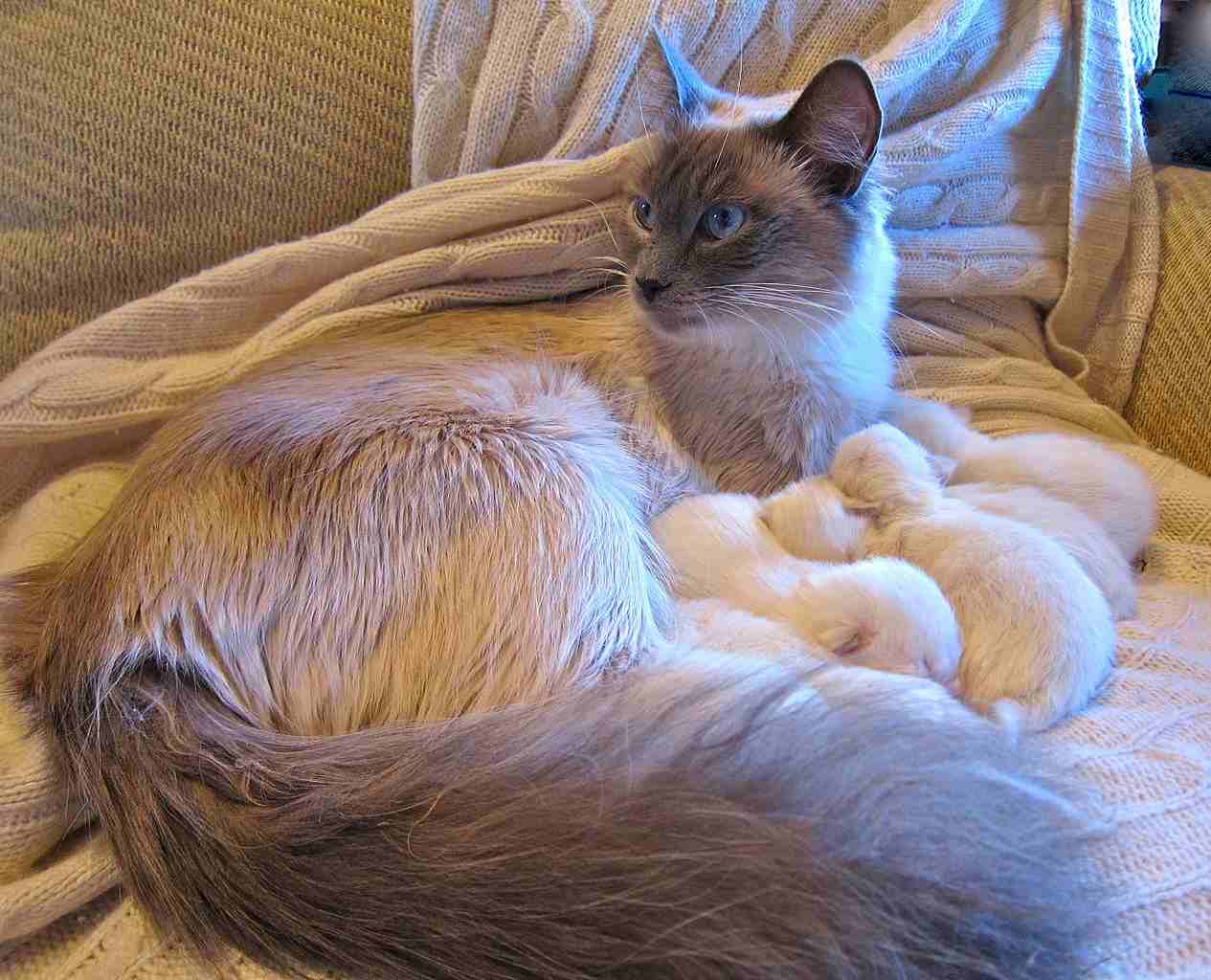
Cat:
Females generally raise kittens independently.
Provide care, including grooming, nursing, and teaching hunting skills.
Coyote:
Both parents contribute to raising offspring within the pack.
Cooperative care includes hunting and protection of the young.
Comparison:
Cats often exhibit more solitary parental care.
Coyotes display cooperative parenting within the social structure of packs.
Ecological Implications:
Cat parental behavior reflects adaptation to varying environments, including urban settings.
Coyotes’ cooperative parenting enhances the survival chances of offspring in the wild.
20. Proximity to Human-Inhabited Areas:
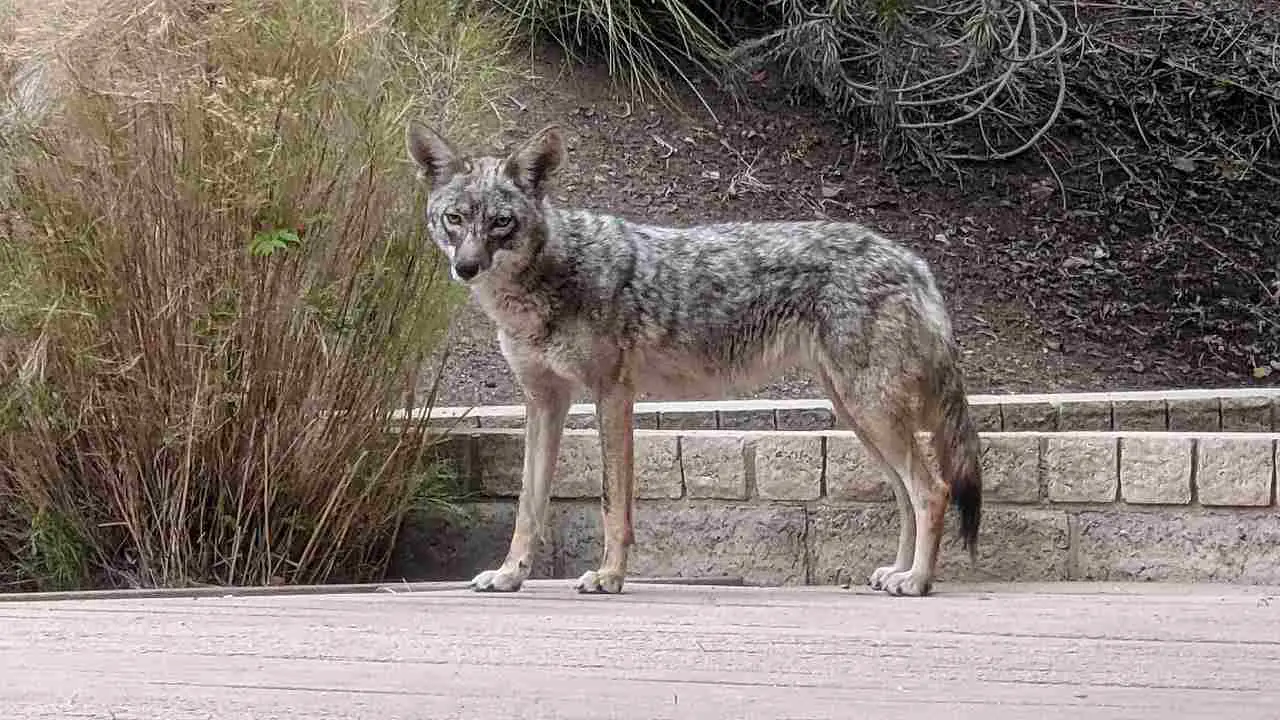
Cat:
Often found in close proximity to human settlements, both as pets and feral animals.
Can adapt to urban, suburban, and rural environments.
Coyote:
Increasingly found in urban areas, adapting to human presence.
May scavenge for food in residential neighborhoods.
Comparison:
Cats have a long history of cohabitation with humans.
Coyotes demonstrate adaptability to urbanization and human-altered landscapes.
Ecological Implications:
Cat proximity to humans influenced by domestication and feeding opportunities.
Coyotes’ presence in urban areas highlights their ability to exploit new food sources.
21. Behavior Toward Humans:
Cat:
Domestic cats may show a range of behaviors from affectionate to independent.
Feral cats may be wary of humans.
Coyote:
Generally shy and avoidant of humans.
Increasing urbanization may lead to bolder behaviors.
Comparison:
Cats, especially domesticated ones, may have more varied interactions with humans.
Coyotes tend to be more elusive and avoid direct contact.
Ecological Implications:
Cat behaviors shaped by domestication and individual personalities.
Coyotes’ avoidance of humans contributes to their ability to coexist in diverse environments.
22. Danger Posed to Humans:
Cat:
Domestic cats pose minimal physical danger to humans.
Rare cases of scratches or bites, usually in self-defense.
Coyote:
Generally avoids humans, but may pose a threat to small pets.
Infrequent cases of coyote attacks on humans, usually in response to perceived threats.
Comparison:
Domestic cats are not considered dangerous to humans.
Coyotes, while generally shy, may pose risks to small pets and, in rare instances, to humans.
Ecological Implications:
Cat interactions with humans are generally non-threatening.
Coyote behaviors emphasize avoidance, but conflicts may arise in certain situations.
23. Associated Precautions:
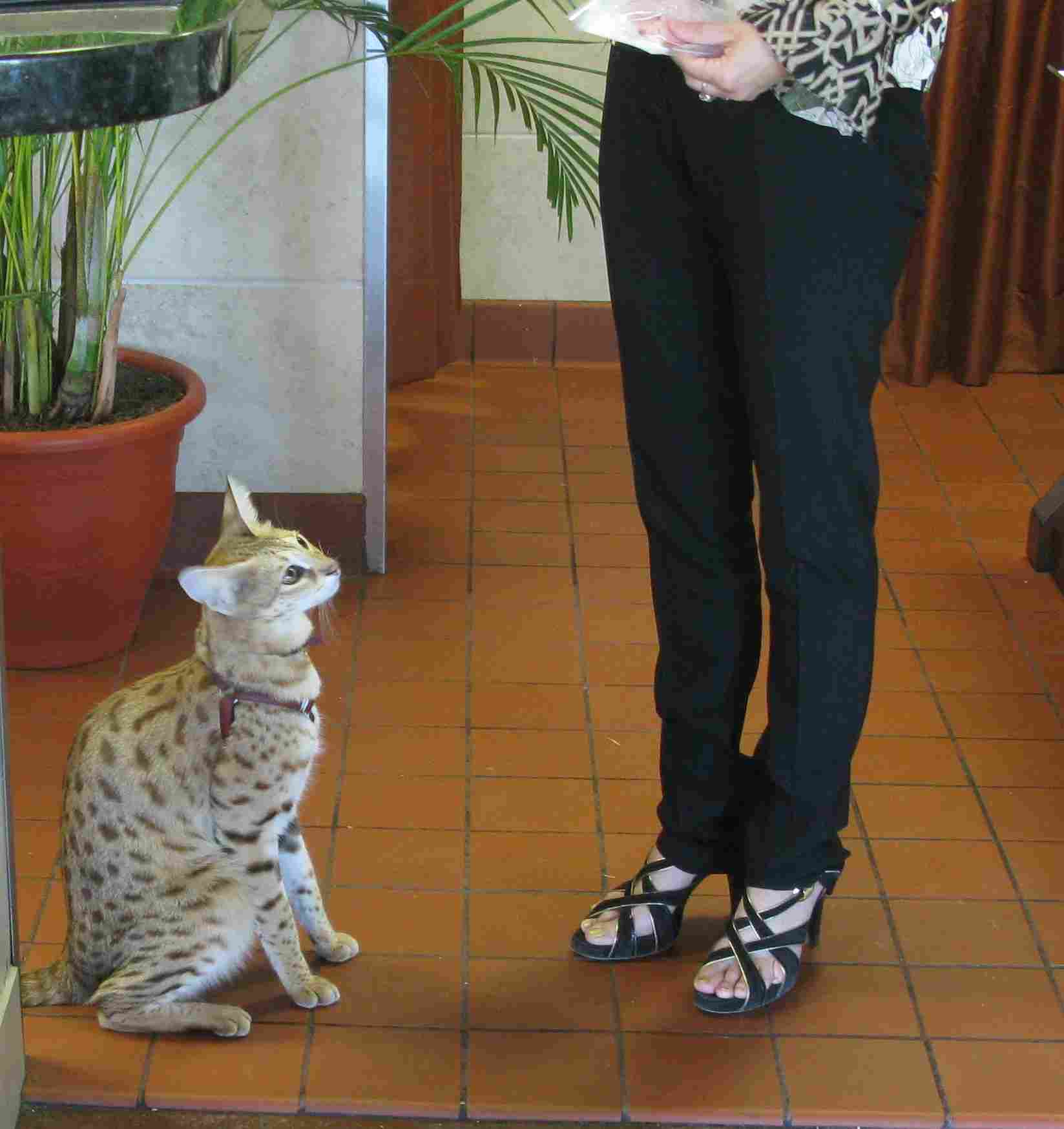
Cat:
Ensure vaccinations, especially for outdoor cats.
Provide a safe environment to prevent accidents and minimize conflicts.
Coyote:
Keep small pets indoors or supervised in coyote-prone areas.
Avoid feeding wildlife, which could attract coyotes.
Comparison:
Cat precautions focus on health and safety in domestic settings.
Coyote precautions emphasize coexistence and minimizing potential conflicts.
Ecological Implications:
Cat precautions relate to responsible pet ownership.
Coyote precautions aim to prevent human-coyote conflicts and maintain ecological balance.
24. Conservation Status:
Cat:
Domestic cats are not subject to conservation status.
Certain wildcat species, like the African Wildcat, may have conservation concerns.
Coyote:
Generally classified as a species of “Least Concern” in terms of conservation status.
Adaptability and widespread distribution contribute to their stable populations.
Comparison:
Domestic cats, being pets, are not assessed for conservation status.
Coyotes benefit from their adaptability and are not currently at significant conservation risk.
Ecological Implications:
Conservation efforts for wildcats may focus on preserving natural habitats.
Coyotes’ adaptability contributes to their resilience, reducing conservation concerns.
Summary of Comparison
Taxonomy:
Cat: Felidae family, Felis genus, F. catus species.
Coyote: Canidae family, Canis genus, C. latrans species.
Appearance:
Cats: Compact body, varied fur patterns, diverse sizes.
Coyotes: Slender canids, grayish-brown fur, adapted for stealth.
Size:
Cats: 5-20 pounds, variable lengths.
Coyotes: 32-37 inches tall, 3.3-4.6 feet long.
Weight:
Cats: Generally lighter, 5-20 pounds.
Coyotes: 15-46 pounds, with variations.
Bite Force (PSI):
Cats: 105-185 PSI.
Coyotes: 150-200 PSI.
Physical Offensive Advantages:
Cats: Sharp claws, agility.
Coyotes: Strong jaws, endurance.
Physical Defensive Advantages:
Cats: Evasion, climbing.
Coyotes: Sharp claws, agility.
Speed:
Cats: Up to 30 mph.
Coyotes: Up to 40 mph.
Agility:
Cats: High agility.
Coyotes: Agile movements.
Senses:
Cats: Night vision, acute hearing, keen smell.
Coyotes: Nocturnal, enhanced night vision, olfactory senses.
Overall Physical Capacity:
Cats: Quick, precise movements.
Coyotes: Versatile, combining endurance, speed, and agility.
Habitat Preference(s):
Cats: Adaptable to urban, suburban, rural areas.
Coyotes: Diverse ecosystems, urban adaptability.
Tracks:
Cats: Retractable claws, smaller prints.
Coyotes: Non-retractable claws, larger prints.
Lifespan:
Cats: 12-15 years, domestic; longer with care.
Coyotes: 6-8 years in the wild, influenced by environment.
Mode of Feeding:
Cats: Carnivorous, preference for meat.
Coyotes: Omnivorous, diverse diet.
Intelligence:
Cats: Problem-solving, adaptability.
Coyotes: Highly intelligent, adaptive.
Social Behavior:
Cats: Solitary, with varying social behaviors.
Coyotes: Complex social structures, cooperative hunting.
Mode of Reproduction:
Cats: Polyestrous, induced ovulation, seasonal breeding.
Coyotes: Monogamous pairs, breeding season in late winter.
Parental Behavior:
Cats: Generally solitary parental care.
Coyotes: Cooperative parenting within packs.
Proximity to Human-Inhabited Areas:
Cats: Found in various human settlements.
Coyotes: Adaptable to urban areas.
Behavior Toward Humans:
Cats: Varied, from affectionate to independent.
Coyotes: Generally shy, may avoid humans.
Danger Posed to Humans:
Cats: Minimal danger, occasional scratches or bites.
Coyotes: Generally avoidant, potential risks to small pets.
Associated Precautions:
Cats: Vaccinations, safe environment.
Coyotes: Keep pets indoors, avoid feeding wildlife.
Conservation Status:
Cats: Domestic, not assessed for conservation.
Coyotes: “Least Concern” due to adaptability.
Conclusion
I. Similarities:
Both cats and coyotes display adaptability to diverse environments.
Both species exhibit intelligence and are successful predators in their respective ecosystems.
II. Differences:
Cats are primarily domesticated animals with varied appearances and behaviors.
Coyotes are wild canids with a more standardized appearance and ecological adaptability.
